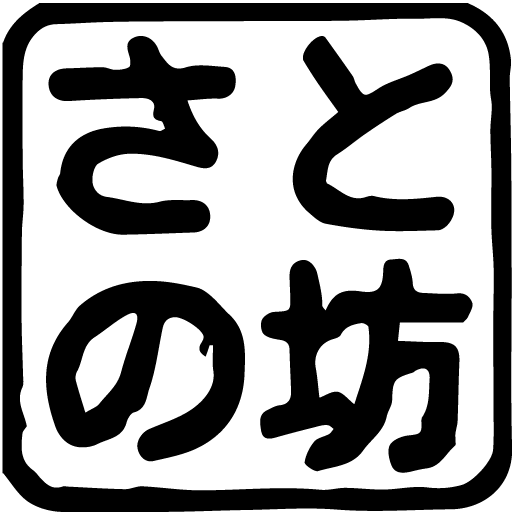
agree on the terms
◆I think there are two types of embroidery : kogin-zashi, where you match the jigsaws together, and kogin-zashi, where you enjoy the calculated design, but which one do you enjoy more?
When I first started Kogin-zashi, I only used designs with well-organized text, so Kogin-zashi is about being well-organized (and you can solve it if you make a mistake)! That's what I thought, but when I look at old kogin (kogin from the time when kogin sashimi was born), I realize that not only are they well-organized, but they are increasingly consistent.
When I saw it, I felt a sense of humanity, and I felt that Koginzashi is what makes this possible.The tension in my shoulders suddenly relaxed.
Even though the design existed, it felt like there was no concept of ``wrong'' , and I could feel the breathing of a human being, or rather, it felt ``alive'' .
The reason I was able to write about it here was because of a conversation I had with Mr. Ishii from Koginbank the other day. Mr. Ishii is a specialist who speaks with many people involved in Koginzashi, and during our conversation he told us that most Higashi Kogin have a matching stitch somewhere .

◆Of course, both are Kogin-zashi Beautifully arranged Kogin-zashi, and Kogin-zashi that matches the edges and looks wrong, are both Kogin-zashi, and the beauty and fun of both are the charms of Kogin-zashi. think. Even if you like things to be neat and tidy, it can be a little tiring to unravel if you make a mistake, but I think it's a good idea to try and enjoy the life-like feel of Koginzashi that is created by putting all the pieces together. Personally, I'm the type of person who pulls the strings when I make a mistake, but when I look at something and think, ``I can't make a mistake,'' I feel that it's endearing every day.
The article thumbnail photo is of a Kogin who enjoys making cross-sections, which he calls ``Kogin-zashi, which I'm just trying to make.''
Satonobou
